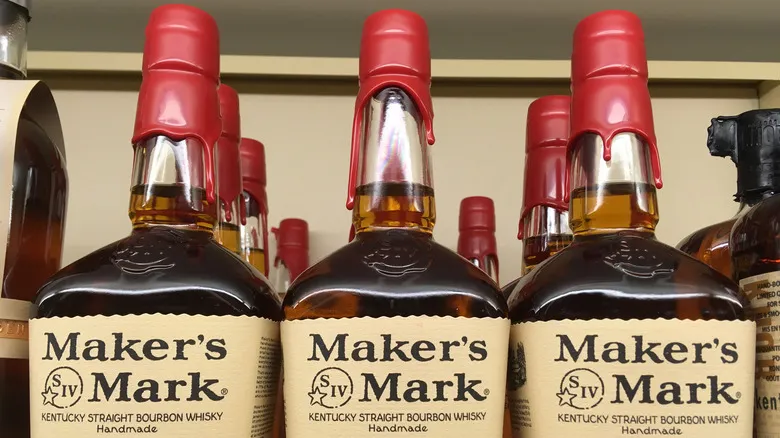Margie Samuels tested various colors and types of wax
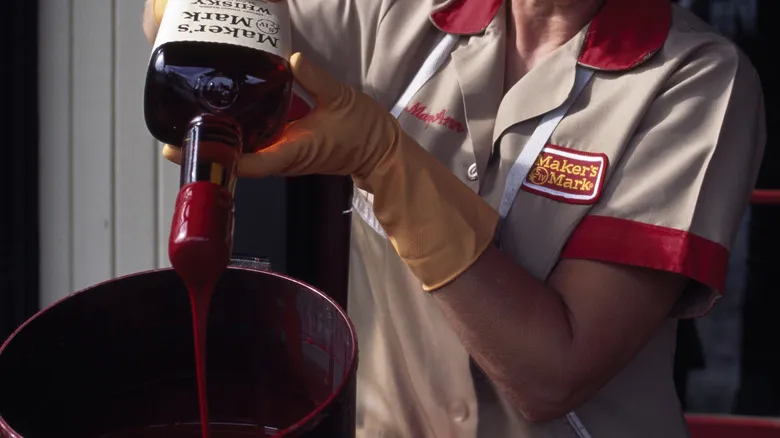
Marge Samuels, affectionately known as Margie, hailed from a family steeped in Kentucky's bourbon-making tradition, just like Bill Samuels, Sr. The two met while attending the University of Kentucky, where Margie earned her degree in chemistry. They tied the knot in 1937 and made their home in Bardstown, Kentucky, at Bill Sr.'s family residence. Given their deep-rooted connections to the bourbon industry and their origins in Kentucky—the bourbon capital of the United States, blessed with rich corn harvests and abundant limestone water—it was only natural for them to establish their own distillery. In 1953, they embarked on creating a bourbon that Margie would name after the maker's mark, reminiscent of an artist's signature, which she admired on fine English pewter pieces she collected. The inspiration for the wax-covered neck of the bottle was drawn from traditional cognac bottles.
According to the Lexington Herald-Leader, Margie's son Bill Jr. reminisced about his mother transforming the family's basement into a makeshift photo lab to experiment with her wax-making project. Utilizing her chemistry background, she developed a formula for a durable, glossy wax and a hand-dipping technique that is still in use today. Together with her husband, they chose a distinctive red wax to ensure their brand stood out. Margie also designed the bottle's label, including its unique font, culminating in a striking package where the red wax served as a bold exclamation point.
Maker's Mark trademarked its wax

The inaugural bottle of Maker's Mark, adorned with its signature red wax, hit store shelves in 1958, and its distinctive appearance quickly distinguished the brand from its rivals. Due to the hand-dipping wax technique employed by Maker's Mark, the company produces fewer bottles per hour—approximately 100 to 200, as opposed to the typical 200 to 400—resulting in higher production costs. However, it's difficult to envision the brand without this iconic feature.
Margie Samuels' striking red wax was so unique that Maker's Mark secured a trademark for it in 1985. In the mid-2000s, the company successfully took legal action against Diageo, which was then the distributor of the Jose Cuervo tequila brand, for trademark infringement after Diageo launched a premium tequila line with a similar red wax seal. Margie's marketing brilliance triumphed. I owe my visits to the Maker's Mark distillery and other tours to Margie Samuels, who is credited with pioneering the concept of bourbon distillery tourism. Let’s raise a glass in her honor with our exclusive cocktail recipe: a Maker's Mark and vanilla tomato water cooler.
Recommended
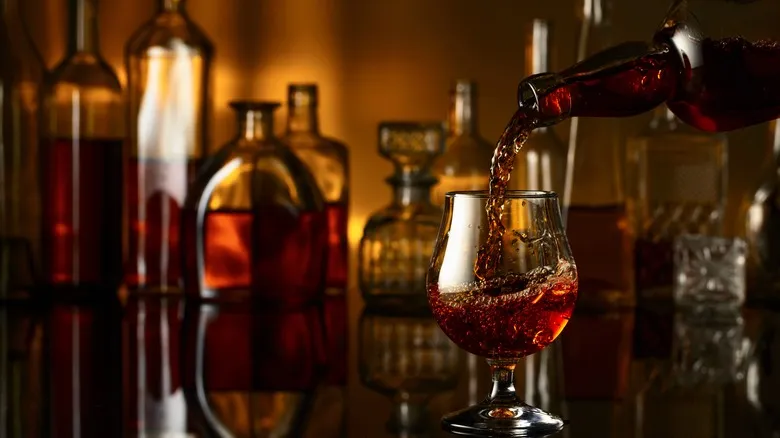
The Proper Way To Store Cognac

Gordon Ramsay's Favorite Cocktail Has A Harsh Name But A Smooth Flavor
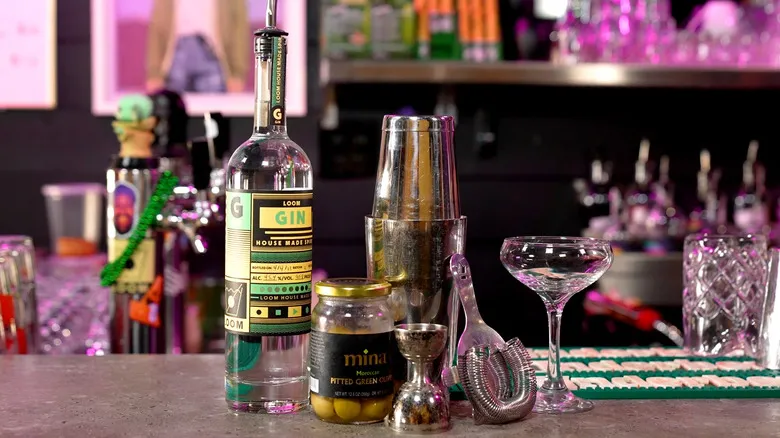
How To Make A Dirty Martini–You're Doing It Wrong All Wrong
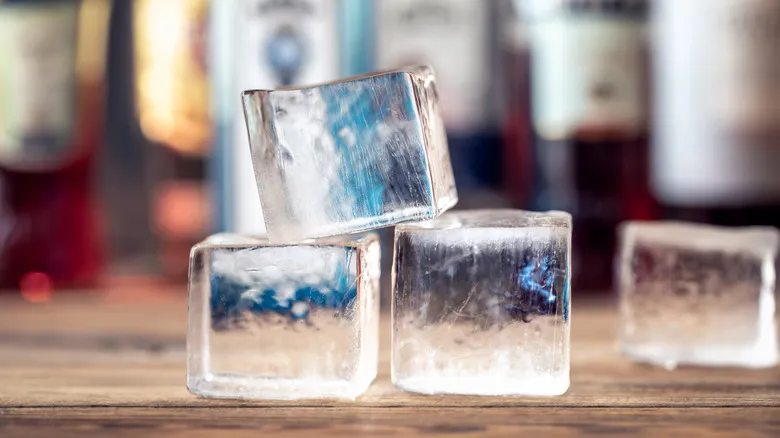
Why It's So Much Smarter To Drink Cocktails With Clear Ice
Next up

